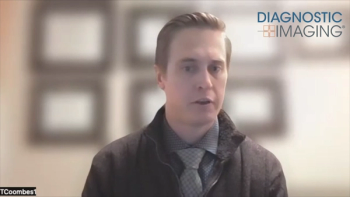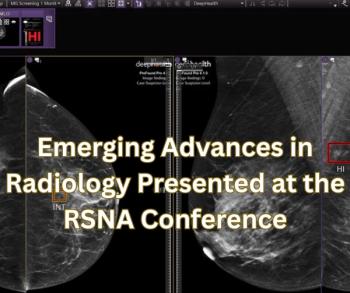
Radiomics Could Be the Next Crime Scene Investigator
Using high-resolution micro-CT with bones exposed to fire could help forensic investigators determine the timing of murders.
Radiomics could soon be used to solve mysteries or crimes, according to newly presented research.
It is possible, according to investigators from the Radiology Institute at the University of Padova, for radiomics to reliably evaluate changes in bone structure due to fire exposure. In fact, specific features of radiomics can determine intervals of combustion.
The team presented their findings during the Radiological Society of North America (RSNA) annual meeting this year.
Being able to better assess these intervals is critical, said lead study author Amalia Lupi, M.D., because fire is frequently used to hide bodies after murders.
“In forensic scenarios with corpse concealment by combustion, every detail can be crucial to investigation,” she said.
By using radiomics, investigators can establish a timeline for the fire exposure, offering key details for a forensic investigation. In this study, Lupi’s team looked at the role radiomics can play in characterizing these time intervals. Based on their analysis, they proposed a method that can be used to gather more information that can further a crime investigation.
The team used high-resolution CT to examine 15 samples of human fibulae both before and after fire exposure for three combustion intervals, and they removed any samples that fractured after the second exposure. For the remaining bones, they collected information on bone density and volume, as well as 55 radiomics features.
According to that data, Lupi said, radiomics is able to detect changes in bone dependent on time and exposure.
For additional RSNA coverage, click
Newsletter
Stay at the forefront of radiology with the Diagnostic Imaging newsletter, delivering the latest news, clinical insights, and imaging advancements for today’s radiologists.




























